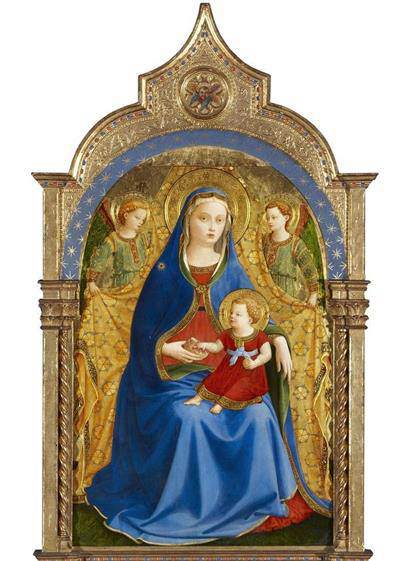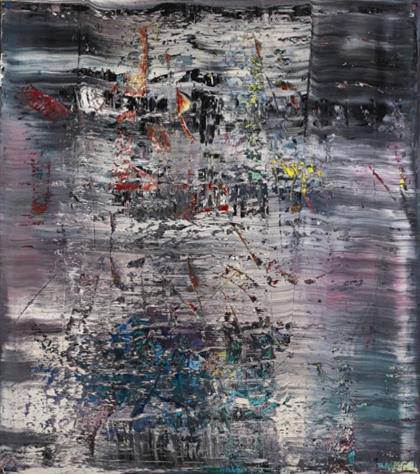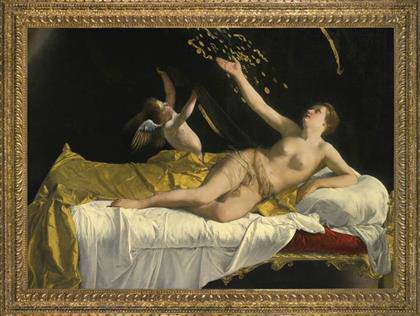
The Virgin and Child with two Angels or The Virgin with a Pomegranate, Guido di Pietro, known as Fra Angelico
Museo del Prado acquires masterpiece by Fra Angelico The Museo del Prado acquires ‘The Virgin with a Pomegranate’, a masterpiece by Fra Angelico from the Alba ducal collection, for 18 million euro.]]>
January 20, 2016, source: Museo del Prado
The Royal Board of Trustees of the Museo del Prado and with the Minister of Education, Culture and Sport, Iñigo Méndez de Vigo, also in attendance, today approved the acquisition of The Virgin with a Pomegranate, the only masterpiece of early 15th-century Florentine painting and the only masterpiece by Fra Angelico to remain in private hands.
The payment of this 18 million Euro acquisition over the next four years will be funded by a special contribution of 10 million Euros from the State, an exceptional contribution of 4 million Euros from the Fundación Amigos del Museo del Prado, and another 4 million from the Museum’s own funds.
“The Virgin with a Pomegranate” is a remarkable work painted at one of the key moments in the history of European art, in early 15th-century Florence, by one of its most important artists: Guido di Pietro (Mugello, 1390 – Rome, 1455), better known as the Beato Angelico or Fra Angelico. This panel is also one of the very few masterpieces of this period to remain in private hands, given that since Quattrocento Italian painting first began to attract the attention of critics and art lovers in the early 19th century, it became a coveted field for museums and collectors. In the present day the most important works by Masaccio, Masolino and Fra Angelico are housed in the leading European and American museums. This fact, in addition to the painting’s fine state of conservation, makes The Virgin with a Pomegranate exceptionally important.
Guido di Pietro da Mugello must have trained with Lorenzo Monaco (active between 1390 and 1423), the principal painter and illuminator in Florence, and in fact Fra Angelico’s first activities were as an illuminator. By 1418 he was an independent master and between that date and 1422 he entered the Dominican monastery of San Domenico in Fiesole. Most of his output from that point onwards was associated with the Dominicans, starting with the monastery in Fiesole for which he painted “The Annunciation” now in the Museo del Prado (1425-1426), among other works. It reveals the influence on the artist of Masaccio’s volumetric and perspectival innovations. This is also the case with The Virgin with a Pomegranate, which has traditionally been dated just after the Prado Annunciation and which reveals clear echoes of Masaccio’s “Sant’Anna Metterza” altarpiece for the church of Sant’Ambrogio (1423-1424). “The Virgin with a Pomegranate” is one of a series of Virgin and Child compositions that Fra Angelico painted in the 1420s and which reveal his increasing mastery of anatomy, light and space. This group also includes “The Virgin of Humility” in the Museo Thyssen.
Related content
The Museo del Prado acquires the Juan Bordes Library (January 2015)
Follow us on:


